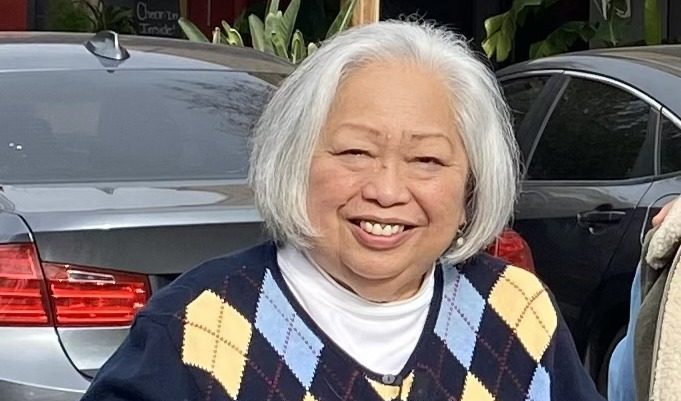By Bryan Gardner, Vitals contributor
The Association of American Medical Colleges predicts an estimated national shortage of between 37,800 and 124,000 physicians by 2034, including shortfalls in both primary and specialty care. Meanwhile, the Bureau of Labor Statistics projects a 38% increase in employment for nurse practitioners and a 27% increase for physician assistants between the years of 2021 and 2031.
So, what does this mean when many people wait 30 days or more for primary care visits? It means healthcare organizations have an opportunity to embrace more advanced practice clinicians, or APCs, to meet the demands of patients. California-based, not-for-profit Sutter Health is one system doing just that.

Dr. Todd Smith
“All across our network, APCs are integral to primary care, pediatrics, orthopedic surgery and other specialties. They bring a different skillset to patient interactions,” said Dr. Todd Smith, chief physician executive for Sutter Health. “With thousands of Sutter patients in the prime of their lives, reasonably healthy and wanting a relationship with a primary care practitioner, physician assistants and nurse practitioners have the training and expertise to serve that purpose—and then some.”
The Palo Alto Foundation Medical Group, which cares for patients as part of Sutter’s integrated system, implemented a model to help APCs hit the ground running. It’s called the LAUNCH program, which stands for Leading and Uplifting New Clinicians into Healthcare. Six nurse practitioners and seven physician assistants comprised the inaugural class of newly hired recent graduates. Other options in the works to better integrate APCs into practice at Sutter include post-graduate residency/fellowships starting at Sutter Lakeside Hospital and Sutter Medical Foundation/Sutter Medical Group in the fall.
Welcoming APC support is on trend across the U.S. According to research released last fall by Harvard Medical School, one-quarter of healthcare visits in the U.S. were conducted by physician assistants or nurse practitioners, and that number is expected to grow. According to the Advisory Board, more autonomous APC deployment can also help solve primary care access challenges. They can do so by increasing access to care in rural locations; improving chronic disease management and testing the viability of new services.
APCs are not new, so what has spurred on the change? Fortunately, other clinicians over time have gained a better understanding how APCs can play important roles within care teams. APCs have also been granted more ability to practice to their full licensure. California legislation has helped. Assembly Bill 890, for instance, allows nurse practitioners who have completed 4,600 hours or three years of full-time clinical work to apply to work without standardized procedures.

Surani Kwan
“We still have a way to go before APCs’ talents are put to full use, but we are making tremendous progress,” said Surani Kwan, vice president for professional practice and ambulatory patient care at Sutter Health. “The individual and collective talents of physicians and APCs are at the heart of our care teams. Working together, we can absolutely enhance the overall patient experience.”





